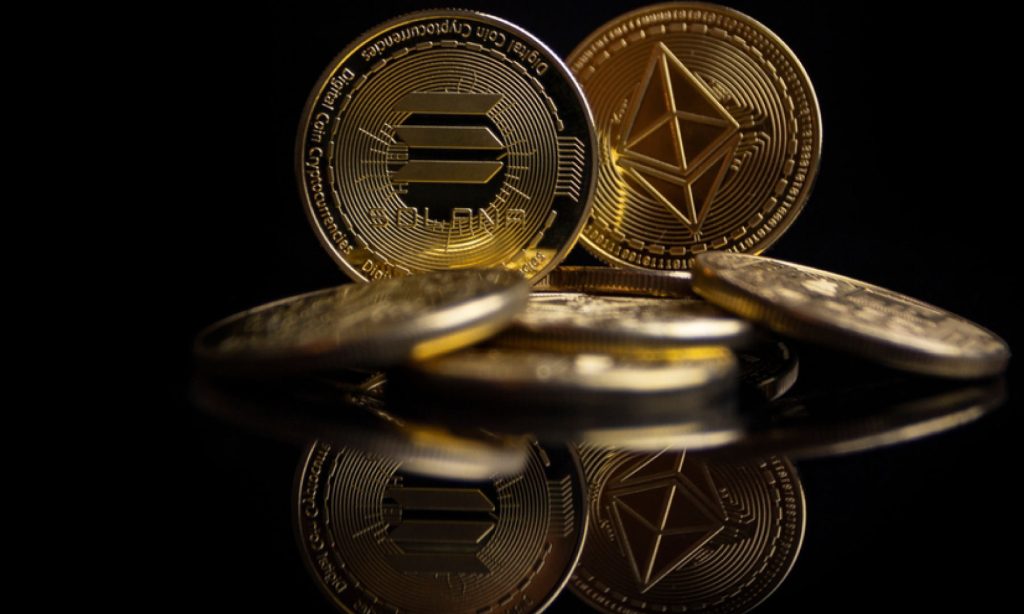The situation in Gaza is beyond catastrophic, folks. As of April 5th, the Gaza health ministry reported another 60 bodies and 162 injured individuals brought to medical facilities in the last 24 hours alone. Let that sink in. This isn’t just numbers; these are lives obliterated.

Since March 18th, Israeli military operations have tragically claimed 1,309 lives and injured a further 3,184. This feels like a never-ending nightmare. But frankly, while the world wrings its hands, let’s be real about what this means for your portfolios.
Since October 7th, when this latest hell broke loose, a staggering 50,669 Palestinians have been killed, and 115,225 wounded. FIFTY THOUSAND people! It’s frankly sickening.
Knowledge Point: Geopolitical Risk & Market Impact
Geopolitical instability, like the current Israel-Palestine conflict, presents a significant risk to global markets. It introduces uncertainty and can fuel volatility.
Oil prices are acutely sensitive to Middle Eastern turmoil. Disruptions to supply chains, or even the perception of disruption, can send prices skyrocketing. This is basic economics, people!
Investor sentiment plays a crucial role. Heightened fear often leads to a ‘flight to safety’, with investors shedding riskier assets for perceived havens like gold and US Treasury bonds.
The impact isn’t limited to energy and commodities. Broad market indices often react negatively to escalating conflicts, reflecting concerns about global economic growth.
It’s not about cold-hearted profiteering; it’s about understanding the forces at play. Smart investors must factor in geopolitical risks when making asset allocation decisions. This isn’t a political statement, it’s financial reality. Don’t be caught flat-footed.





